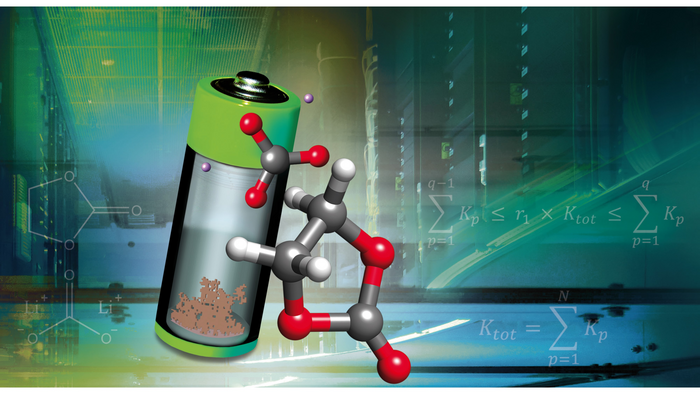As we rely more and more on batteries to power our lives, it is becoming increasingly important to understand how they work and how to extend their lifespan. One of the key factors that affect battery performance is the passivation layer that forms on the electrode surface over time. In this article, we will explore what the passivation layer is, why it forms, and how to mitigate its negative impact on battery performance.
Understanding the Passivation Layer
The passivation layer is a thin film that forms on the electrode surface of a battery over time. It is composed of various by-products of the electrochemical reactions that occur during battery operation, such as lithium oxide or other metal oxide compounds. This layer is an insulator and prevents further electrochemical reactions between the electrode and electrolyte.
Formation of the Passivation Layer
The passivation layer forms through a series of electrochemical reactions that occur during battery operation. As the battery is discharged, metal ions from the electrode move into the electrolyte and react with it. This creates new compounds that then react with the metal electrode to form the passivation layer.
Why is the Passivation Layer a Problem?
While the passivation layer is necessary for battery operation, it can also have negative effects on battery performance. As the layer thickens over time, it increases the resistance between the electrode and electrolyte, which can lead to reduced battery capacity and power output. The passivation layer can also cause safety issues, such as overcharging or short-circuiting.
Mitigating the Negative Impact of the Passivation Layer
There are several ways to mitigate the negative impact of the passivation layer on battery performance.
Electrode Surface Treatment
One approach is to modify the surface of the electrode to prevent the formation of the passivation layer or to make it thinner. This can be achieved through various surface treatments, such as surface coatings or nanostructuring. These treatments can improve the battery’s electrochemical performance and extend its lifespan.
Electrolyte Optimization
Another approach is to optimize the composition of the electrolyte to reduce the formation or thickness of the passivation layer. This can involve adding specific additives or changing the solvent or salt used in the electrolyte. For example, adding a small amount of fluoroethylene carbonate (FEC) to the electrolyte can reduce the formation of the passivation layer and improve the battery’s performance.
Battery Management System Optimization
The battery management system (BMS) can also be optimized to mitigate the negative effects of the passivation layer. This can include adjusting the charging and discharging protocols to prevent overcharging or deep discharging, which can accelerate the formation of the passivation layer. A well-designed BMS can help maximize battery performance and extend its lifespan.
Battery Cycling Optimization
Optimizing the cycling of the battery can also reduce the formation and negative impact of the passivation layer. This can involve adjusting the depth of discharge or the charging rate to prevent the layer from thickening too quickly. For example, charging the battery at a slower rate can reduce the formation of the passivation layer and improve its performance.
The Future of Passivation Layer Research
As battery technology continues to advance, researchers are working to better understand the passivation layer and develop new approaches to mitigate its negative impact. This includes developing new materials for electrodes and electrolytes, improving battery management systems, and optimizing battery cycling protocols. By understanding how the passivation layer forms and taking steps to mitigate its impact, we can extend the lifespan and improve the performance of batteries, leading to a more sustainable and reliable energy future.
In conclusion, the passivation layer is a critical component of battery operation, but it can also have negative effects on battery performance. Researchers and manufacturers are working on various approaches to mitigate the negative impact of the passivation layer, such as modifying the electrode surface, optimizing the electrolyte composition, optimizing the battery management system, and optimizing the battery cycling protocol. By understanding how the layer forms and taking steps to mitigate its impact, we can extend the lifespan and improve the performance of batteries, leading to a more sustainable and reliable energy future.


